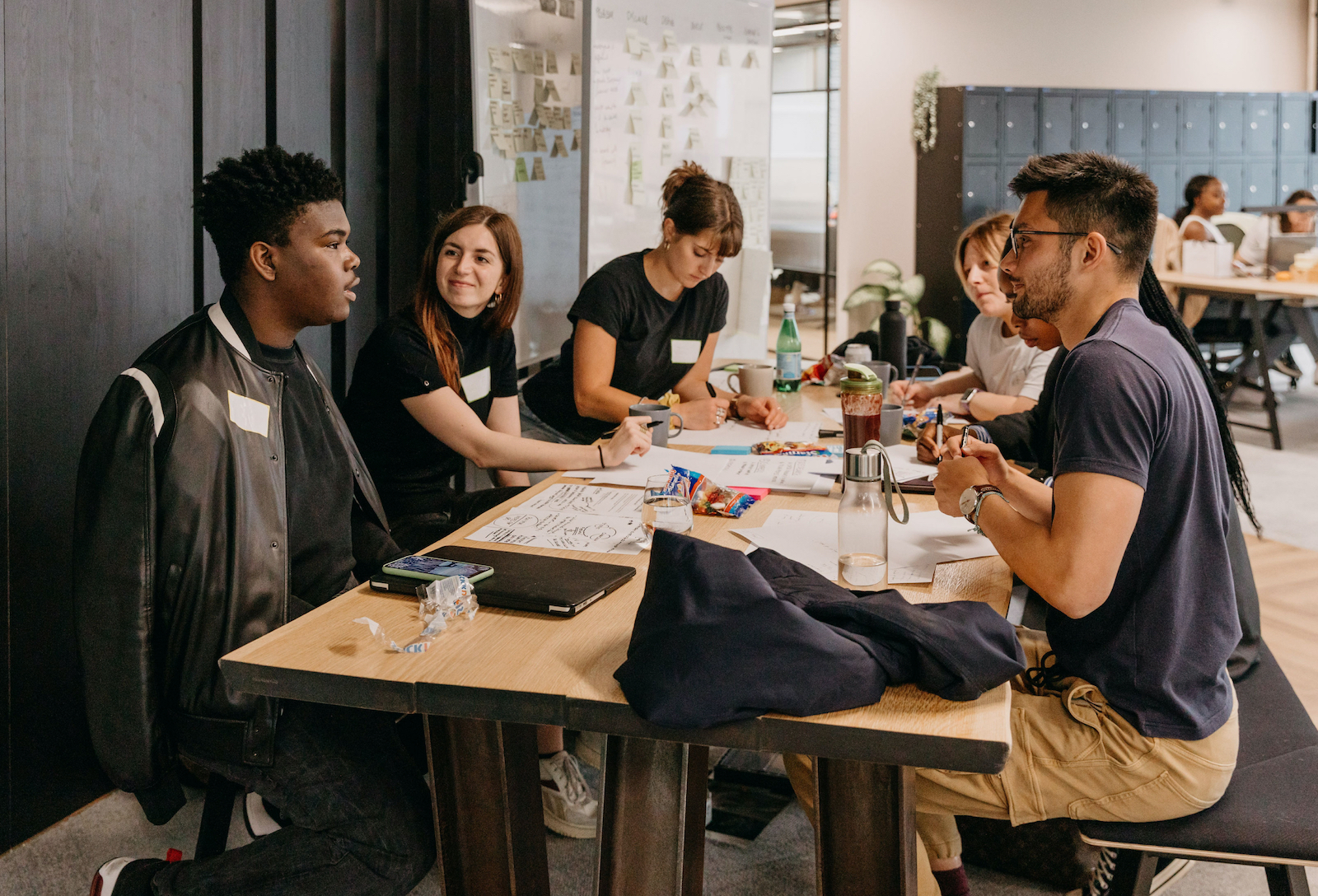The Importance of Inclusive Design.
All of us here at Experience Haus are passionate about design’s role in our lives, from the products we use to the services we rely on. But one aspect of design that we believe is often overlooked is inclusivity.
Inclusive design means creating products, services, and experiences that are accessible and usable by everyone, regardless of their abilities, disabilities, or backgrounds. Inclusive design is not just about accommodating people with disabilities, but also about considering the needs of all users, including those from diverse cultural and linguistic backgrounds.
So why is inclusive design so important? Here are a few reasons:
Inclusive design is the right thing to do.
First and foremost, inclusive design is the right thing to do. Everyone deserves to be able to access and use the products and services that are essential to daily life, from public transportation to online shopping. Inclusive design ensures that everyone is included and no one is left behind.
In our programmes, we emphasise the importance of designing for a diverse range of users, and encourage our students to consider the needs of all users in their design work. We believe that by prioritizing inclusivity, we can create a more equitable and just society
Inclusive design makes business sense.
Inclusive design is not just a matter of ethics or social responsibility, however. It also makes good business sense. When products and services are designed to be accessible to a wide range of people, they become more appealing to a broader audience. This can expand a company’s customer base and increase its market share.
Consider, for example, the success of Apple’s iPhone. The iPhone was designed with accessibility features such as VoiceOver, a screen reader that allows users with visual impairments to navigate the device. But these features are not just for users with disabilities; they also make the iPhone easier to use for everyone. As a result, the iPhone has become one of the most popular smartphones on the market, with a market share of over 40%.

Experience Haus design days revolve around bringing our community together to solve real-life issues that impact many.
Inclusive design sparks creativity.
Inclusive design also has a creative aspect to it. Designers who embrace inclusivity are forced to think creatively and come up with innovative solutions that can benefit everyone. By designing for people with disabilities, for example, designers can create products and services that are not only more accessible, but also more user-friendly and intuitive for everyone.
Take, for example, the design of OXO’s Good Grips kitchen utensils. The founder of OXO, Sam Farber, was inspired to create these utensils after watching his wife struggle to use a traditional vegetable peeler due to arthritis. The result was a line of kitchen utensils with large, soft, non-slip handles that were not only easier to use for people with arthritis, but also for anyone who wanted a more comfortable grip. Today, OXO’s Good Grips utensils are a staple in many kitchens around the world.
Inclusive design is the future of design.
Finally, as our society becomes more diverse and inclusive, it’s becoming increasingly clear that inclusive design is the way forward. Inclusive design is not just a trend or a fad, but a fundamental shift in the way we think about design.
As thought leaders in the design education space, we are committed to promoting inclusive design in everything we do, from our curriculum to the products and services we create. We believe that by teaching our students to think inclusively, we can help create a generation of designers who prioritise inclusivity in their work.
But inclusive design is not just the responsibility of designers; it’s the responsibility of everyone in the design ecosystem, from product managers to software engineers to digital marketers. That’s why we work closely with industry partners to promote inclusive design and encourage them to adopt inclusive design practices in their own work.
Inclusive design is not without its challenges.
Designing for a diverse range of users requires empathy, research, and a deep understanding of the needs of different users. It also requires designers to challenge their own biases and assumptions about what “normal” is.
We teach our students to embrace the challenge of inclusive design, and to approach it with curiosity, humility, and an open mind. We encourage our students to collaborate with users from diverse backgrounds and to incorporate their feedback into their designs. We also emphasize the importance of accessibility in our curriculum, and teach our students the skills they need to create accessible products and services, such as using alternative text for images, designing for keyboard navigation, and testing for colour contrast.
Inclusive design is not a new concept, but it’s more important now than ever before. As our society becomes more diverse and inclusive, it’s crucial that we design products and services that reflect this diversity and inclusivity. By prioritising inclusivity in our design work, we can create a more equitable and just society, expand our businesses, and unleash our creativity.
We are excited to see more and more designers embracing inclusive design and making it a central part of their work. We believe that by working together and sharing our knowledge and experiences, we can create a more inclusive world, one design at a time.



